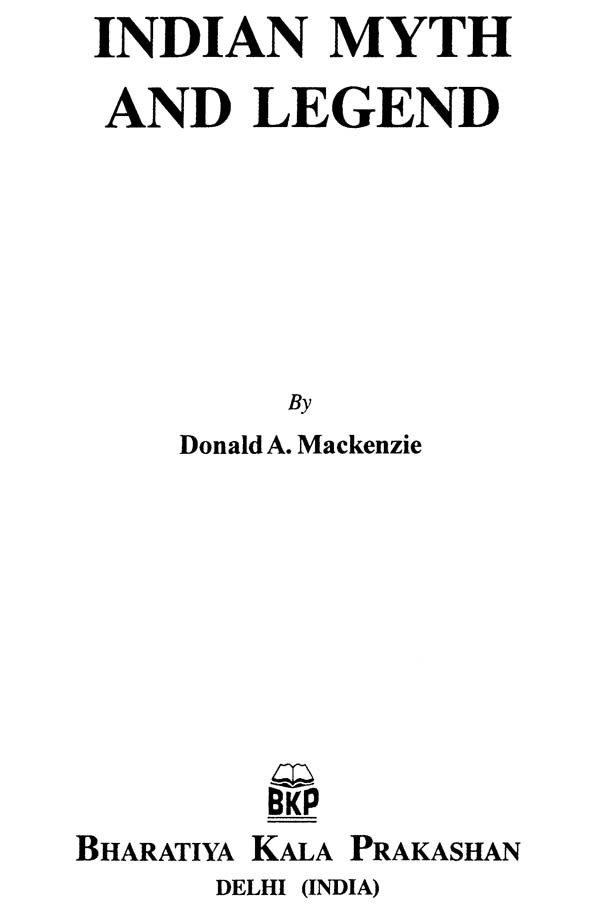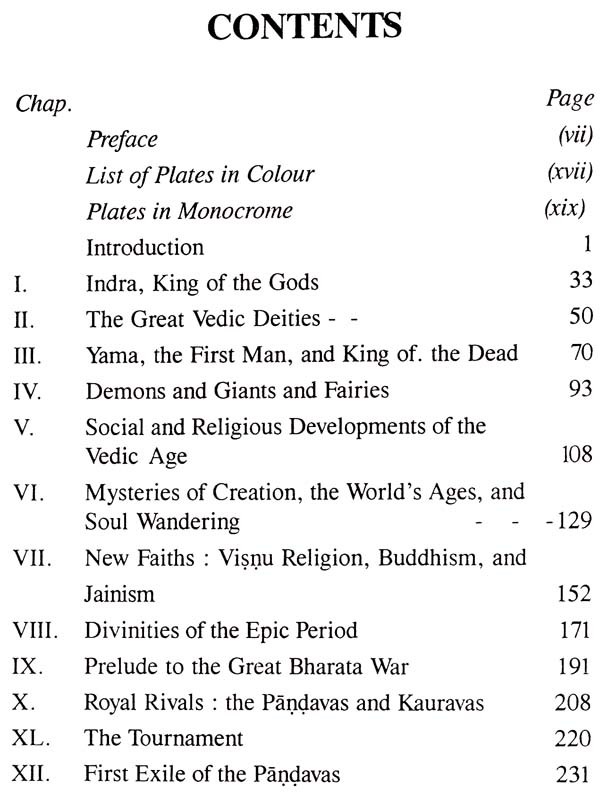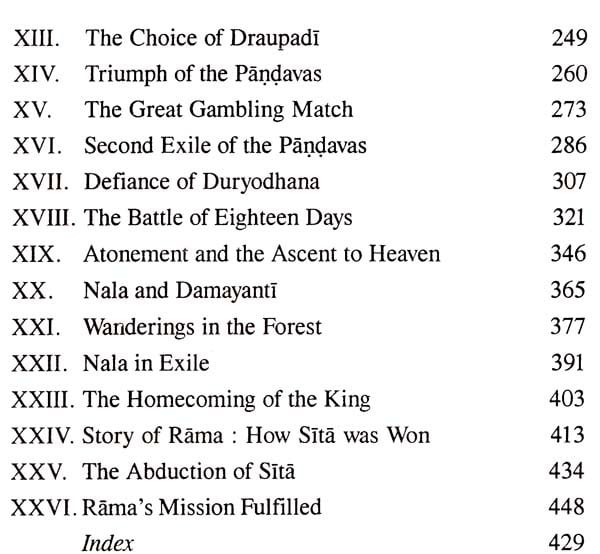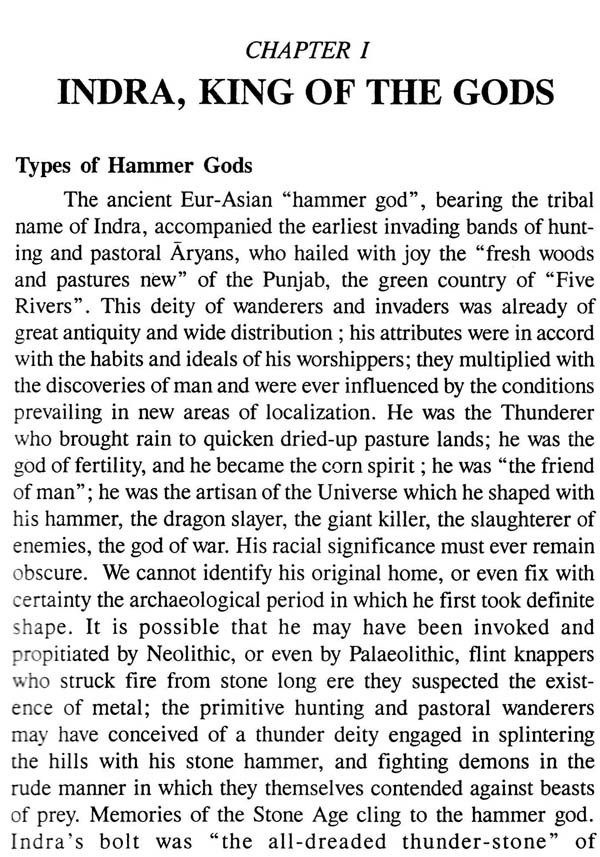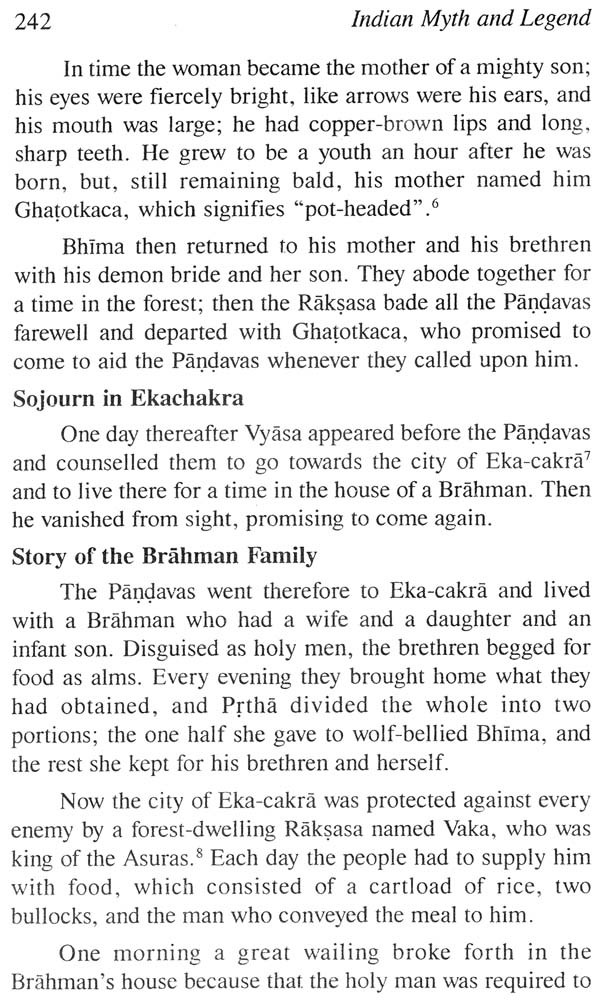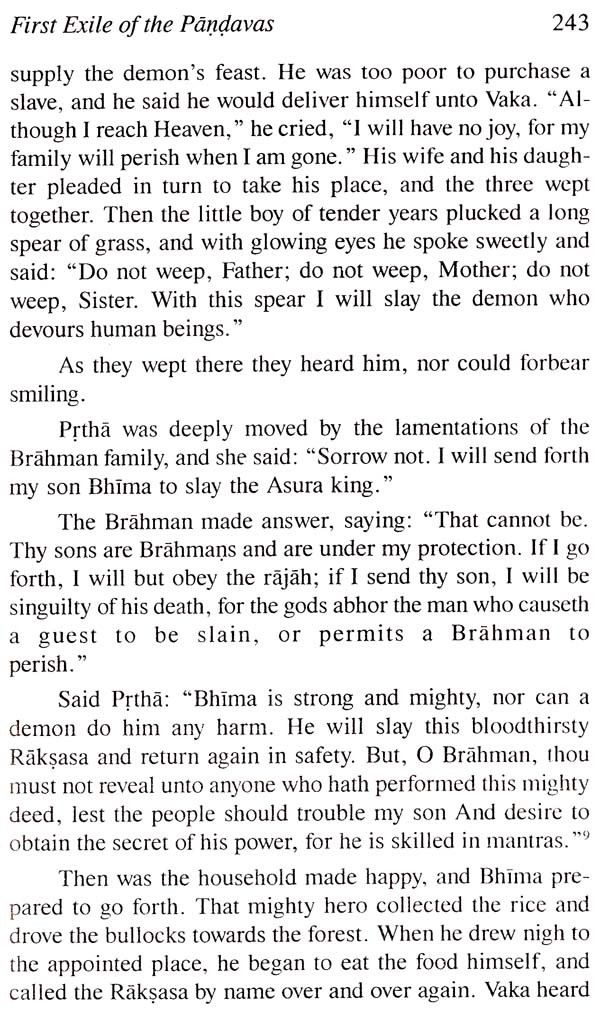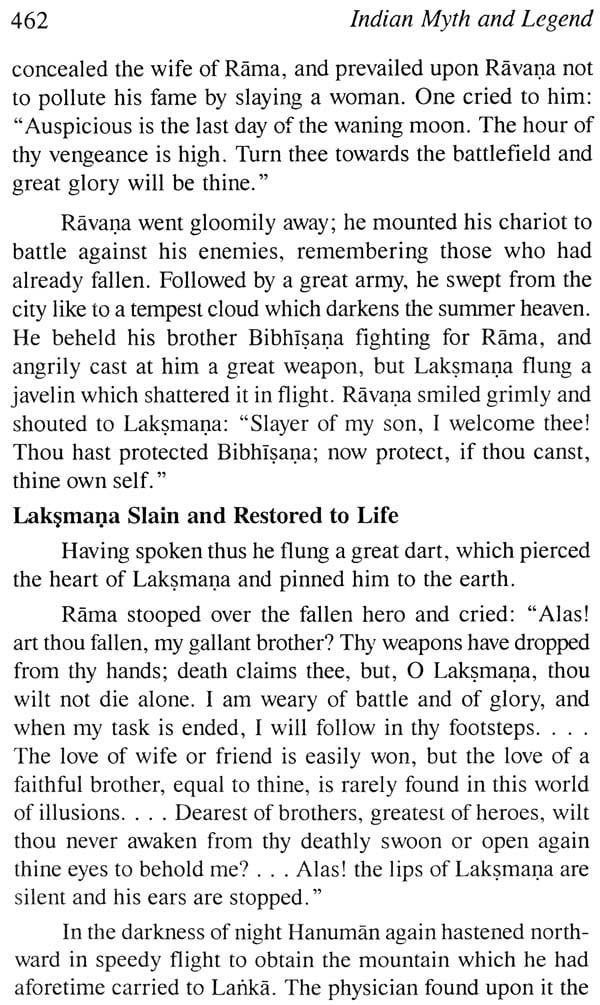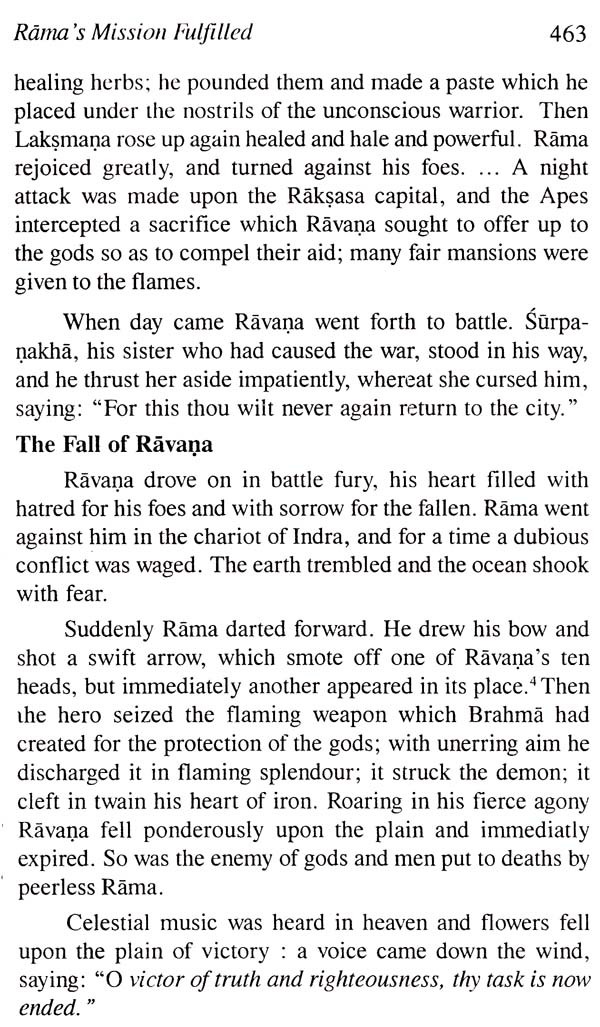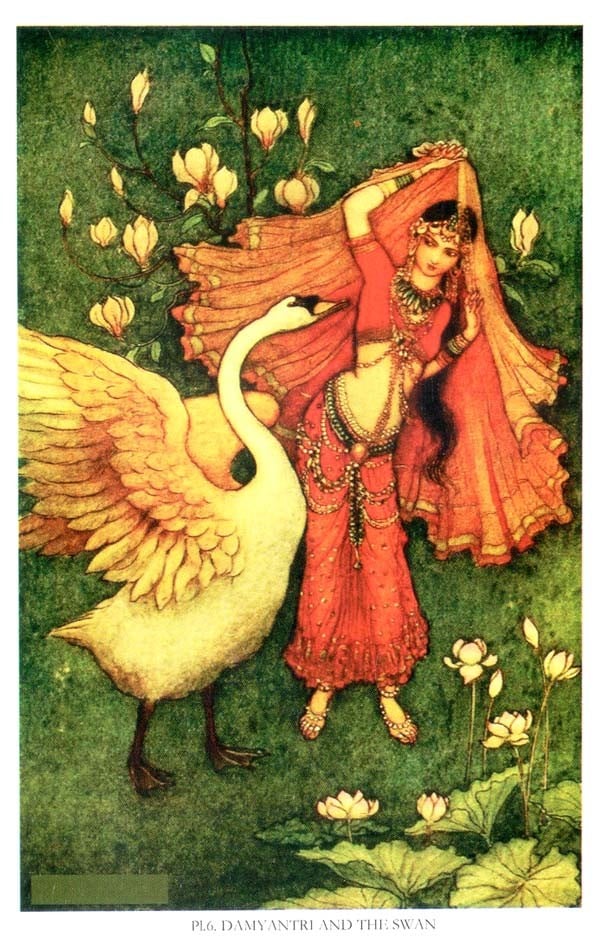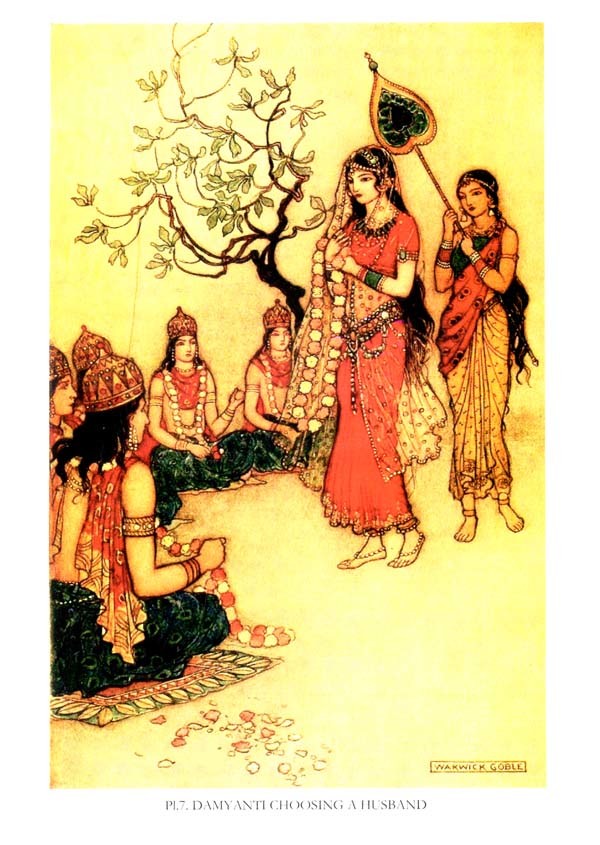About the Book This volume deals with the myths and legends of India, which survives to us in the rich and abundant storehouse of Sanskrit literature, and with the rise and growth of Brahmanism, Buddhism, Jainism, etc. The reader is introduced to the various sacred works of the Hindus, including the ancient invocatory hymns of the four Vedas, and great epic poems the Ramayana, which is three times longer than the Iliad, and the Mahabharata, which is four times longer than the Ramayana. At the present day over two hundred millions Hindus are familiar in varying degrees with the legendary themes and traditional beliefs which the ancient forest sages and poets of India invested with much beautiful symbolism, and used as medium for speculative thought and profound spiritual teaching. The sacred books of India are to the Hindus what the Bible is to Christians. To students of history, of ethnology, and of comparative religion they present features or peculiar interest, for they contain an elaborate sociology of the ancient Aryo-Indians, their political organizations, their code of law, their high ethical code, all their conception of God, the soul and the universe. Some knowledge of them is necessary for those who desire to approach with sympathy the investigation of the religious beliefs of our Hindu fellow men and to understand their outlook upon life and the world.
Preface This volume deals with the myths and legends of India, which survive to us in the rich and abundant storehouse of Sanskrit literature, and with the rise and growth of Brahmanism, Buddhism, Jainism, etc. The reader is introduced to the various sacred works of the Hindus, including the ancient invocatory hymns of the four Vedas, the later speculative and expository "Forest Books" in which "the Absolute is grasped and proclaimed", and those great epic poems the Ramayana, which is three times longer than the Iliad, and the Mahabharata, which is four times longer than the Ramayana. In no other country have the national poets given fuller and finer expression to the beliefs and ideals and traditions of a people, or achieved as a result wider and more enduring fame. At the present day over two hundred million Hindus are familiar in varying degrees with the legendary themes and traditional beliefs which the ancient forest sages and poets of India invested with much beautiful symbolism, and used as mediums for speculative thought and profound spiritual teachings. The sacred books of India are to the Hindus what the Bible is to Christians.
The Introduction deals with various aspects of the study of these ancient myths and legends which have been the inspiration of a national literature infused with much grandeur and sublimity. The historic Aryan controversy, of which the science of comparative mythology is a byproduct, is passed under review, and it is shown to what extent philological theories regarding race problems have been modified during recent years as a result of the adoption of broader and more exact methods of ethnic and archaeological research and the ever-extending study of comparative mythology. There has also been condensed much important data dealing with the early phases of Aryo-Indian civilization accumulated for historical purposes by industrious and painstaking Sanskrit cholars who have been engaged in investigating and stematizing the internal evidence of the various religiousness and treatises. It will be found that no general agreement yet been reached regarding Aryo-Indian chronology, but now appears to be well established that although there e early cultural as well as racial "drifts", fresh invasions, chhad far-reaching results in the social and religious of northern India, occurred at a late period in what is vn as the Vedic Age.
Introduction The triangular sub-continent of India is cut off from the rest of Asia by the vast barriers of the Himalayas, the Hindu Kush, the Suleiman mountains, and the Indian Ocean. Its population comprises about two hundred and ninety-five mil lions, and is of greatest density on the fertile northern plain, which is watered by three river systems, the Indus and its tributaries on the west, and the Ganges and Brahmaputra with their tributaries which pour into the Bay of Bengal. South of the Vindhya mountain ranges is the plateau of the Deccan. The climate varies from temperate on the Himalayan slopes to tropical in southern India, and over the entire country there are two pronounced annual seasons, the dry and the rainy.
Our interest abides in this volume chiefly with the northern plain and the people who are familiar in varying degrees with the sacred and heroic literature passed under review; that is, with the scenes of the early Indian civilization known as Aryan and those numerous inheritors of Aryan traditions, the Hindus, who exceed two hundred and seven millions of the population of India. Modern Hinduism embraces a number of cults which are connected with the early religious doctrines of the Aryan zed or Brahman zed India of the past; it recognizes, among other things, the ancient caste system which includes distinct racial types varying from what is known as the Aryan to the pre-Dravidian stocks.
**Contents and Sample Pages**
